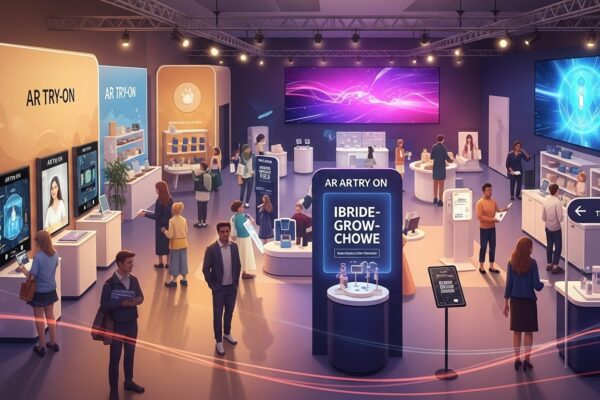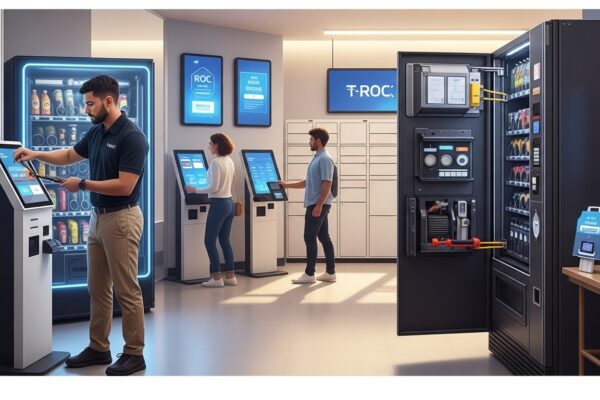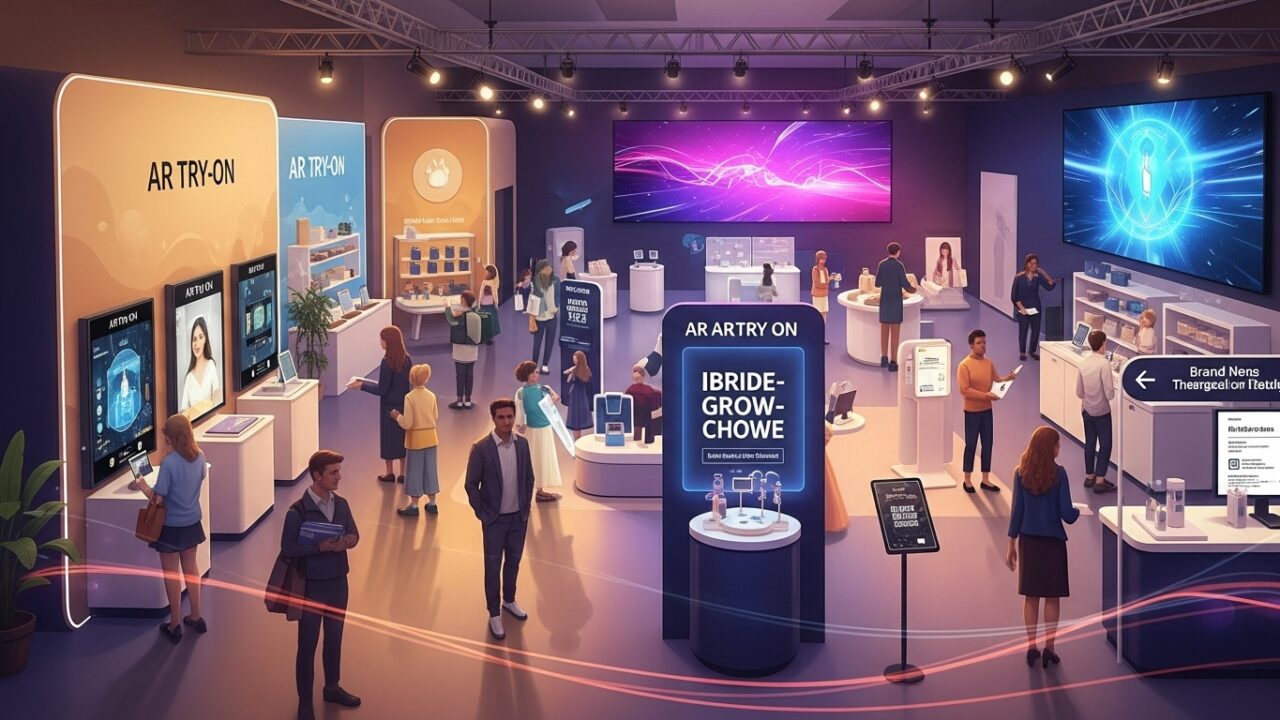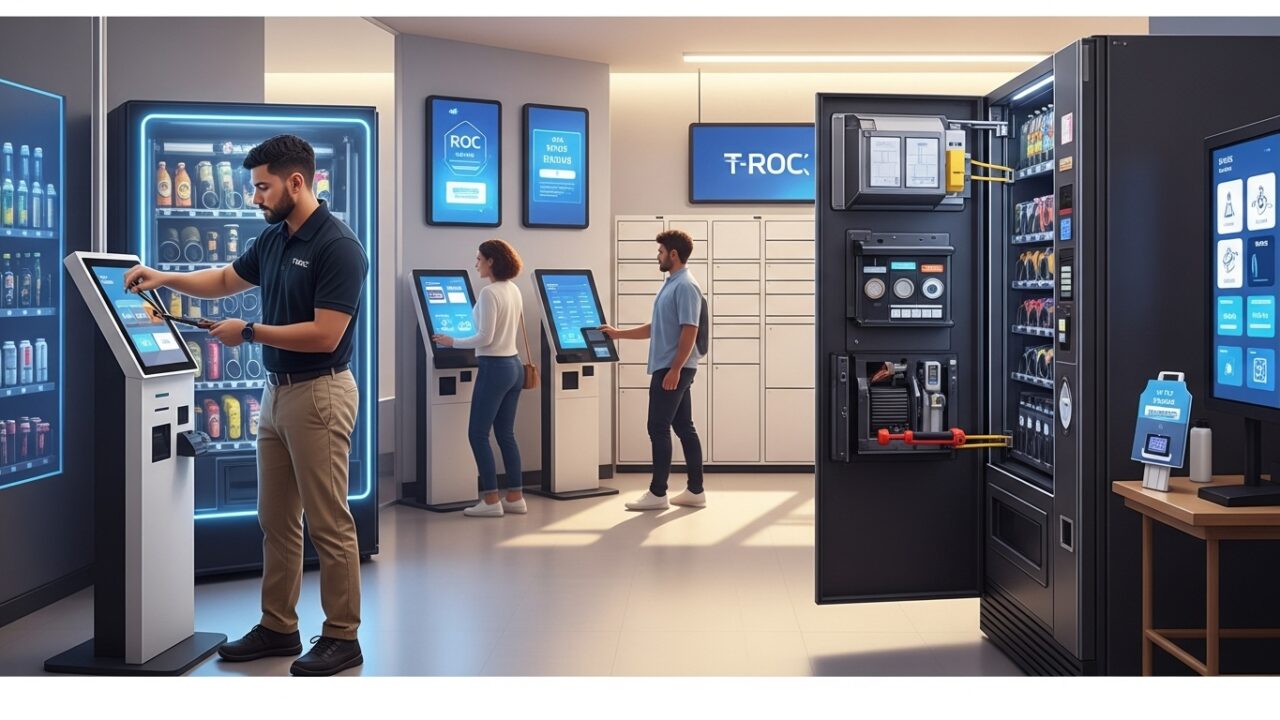
How to Improve Customer Experience with Software Solutions
In today’s competitive business landscape, delivering an exceptional customer experience (CX) is no longer optional – it’s a key differentiator between companies that thrive and those that get left behind. Software has emerged as one of the most impactful tools for companies aiming to delight their customers and drive repeat business. From AI chatbots to seamless omnichannel platforms, software innovations allow brands to understand their customers better, simplify complex processes, resolve issues faster, and drive customer loyalty.
Understanding Customer Experience and Its Importance
Customer experience management (CXM) has become a top priority for many businesses today. Providing a positive CX throughout the customer journey can lead to increased customer satisfaction, loyalty, and advocacy for your brand. On the other hand, poor customer experiences can turn customers away and damage your brand’s reputation.
With the rise of social media and review sites, customers have more ways than ever to share experiences, both good and bad. This increased transparency means CX is now a key competitive differentiator and driver of business growth. Businesses that focus on optimizing CX tend to see higher revenue, lower costs, and improved customer loyalty.
What is Customer Experience (CX)?
Customer experience encompasses every interaction a customer has with your business across all customer touchpoints and channels – before, during, and after a purchase. These customer interactions include visiting your website, calling customer service, receiving emails or promotional offers, seeing ads, using your products/services, interacting on social media, and more. CX involves both the emotions evoked at each touchpoint, as well as the usability and functionality at each step.
Seamless CX management also depends on behind-the-scenes processes like having robust technologies, thorough employee training programs, a customer-focused company culture, and good coordination between support teams and departments. With careful CX planning and implementation, brands can transform disjointed interactions into a cohesive journey before, during, and after purchase to meet customer needs and make them feel valued at each touchpoint along the way.
The Role of CX in Today’s Competitive Business Landscape
In today’s digital era, customers have more choices and information at their fingertips. With a few clicks, they can easily compare products, prices, and reviews across multiple businesses. This increased transparency means CX is now crucial for earning customer trust and loyalty.
Positive CX also drives growth through word-of-mouth, referrals, and repeat purchases. On the other hand, poor CX leads to lost sales and can actively drive customers away. Investing in CX management allows you to stand out from the competition and build lasting customer sentiment. CX data and insights empower businesses to identify pain points and opportunities in the customer lifecycle. They reveal where processes are broken or inconsistent. With this knowledge, brands can make customer experience improvements to maximize sales, loyalty, and customer lifetime value.
The Role of Software Solutions in Elevating Customer Experience
CRM software centralizes customer data and interactions in one platform, providing a 360-degree view of each customer. This enables companies to deliver consistent, personalized experiences at every touchpoint. Customer analytics tools gather data like demographics, behaviors, and preferences to create detailed customer profiles. This insight guides strategies to enhance CX.
Leveraging CRM Software to Enhance Customer Interactions
CRM software helps manage relationships and interactions with customers across sales, marketing, and services. Key capabilities like contact management, opportunity tracking, and customer history empower agents to deliver personalized experiences. CRM systems can automate repetitive tasks like data entry to improve agent productivity. This gives agents more time to build meaningful connections with customers.
Enhanced Communication via Customer Service Software
Customer service software enables seamless communication across channels like email, live chat, messaging, and social media. By providing features such as canned response libraries, CXM platforms empower companies to resolve customer queries faster. Instead of waiting in frustration, customers get timely solutions tailored to their specific needs.
Additionally, through natural language processing and machine learning, CXM platforms can actually understand customer issues and then intelligently recommend the most relevant solutions from knowledge bases. This facilitates more meaningful back-and-forth dialogue. Rather than just one-sided communication, customers feel heard and understood. This is core to powerful customer experience management.
The end result is efficient issue resolution without lengthy wait times, allowing brands to deliver exceptional service at scale, even with growing customer bases. Customer service software ultimately cultivates deeper brand loyalty by transforming impersonal touchpoints into meaningful customer engagements rooted in mutual understanding.
Utilizing Data Analytics Tools for In-Depth Customer Insights
Data analytics tools are invaluable for unlocking customer insights that can transform the customer experience. Analysis of product reviews, social posts, and surveys gives brands a window into customer behavior and perceptions. Gauging customer feedback and analyzing customer responses reveals real truths about the user experience. Journey mapping visualizes the most common paths that customers take, enabling companies to optimize pain points along the way. Predictive analytics leverage machine learning to forecast future outcomes and inform proactive CX management strategies.
By harnessing these analytical capabilities, brands can gain a deeper understanding of their customers and deliver personalized experiences that drive customer sentiment. However, the software options themselves must enable seamless insights. When evaluating solutions, ensure they integrate well across existing tech stacks while offering robust reporting, intuitive data visualization, and flexibility to drive data-backed decisions. Proper training and change management also facilitate user adoption and reduce any type of steep learning curve.
The right CX platform empowers brands to respond to customers’ needs in real time. And the returns on these investments are multilayered, including boosted repeat business, reduced service costs, and higher lifetime value per customer. In essence, CX software allows companies to operate with surgical precision, orchestrating personalized, scalable customer journeys with standout features that foster lasting loyalty. In today’s market, CX represents a vital brand differentiator – with software providing the missing link to truly know each customer and shape every interaction into a great customer experience.
Choosing the Right Software Solution for Improved Customer Experience
Providing a seamless, personalized journey across channels is now a requirement to remain competitive. Choosing the right customer experience management software solution tailored to your business can help improve loyalty, customer interaction, response time, and revenue growth. But with so many options on the market, how do you decide what’s best for your needs? Here are some key considerations when evaluating CXM platforms to enhance your experience management strategy.
Assessing Your Business Type and Needs
The key to selecting the right customer experience software is taking a strategic approach based on your specific business type and needs. Before evaluating vendors, consider your organization’s size, industry, business model, and customer journey to determine what capabilities will have the biggest impact. For example, is self-service or agent-assisted support more integral to customer satisfaction? Would in-app messaging better address user pain points compared to feedback forms? Outline must-have features like omnichannel integration or advanced analytics as well as nice-to-haves. Set requirements around implementation factors, too – like flexibility of pricing models, scalability to meet growth, integration with current tech stack, and data security protocols.
With clear priorities rooted in your operational realities and CX objectives, you can zero in on solutions positioned to connect the right functionality with your unique process gaps and opportunities. The goal is augmenting business operations in ways that facilitate, not hinder, delivering wow-worthy customer experiences aligned with your brand.
Evaluating Different Software Solutions
When assessing experience management software options, approach evaluations like chess moves rather than simple feature checklists. Plot out current process gaps through customer journey mapping to identify priorities – whether improving response times, adding channels, or increasing personalization. Research how prospective software options address these priorities while aligning with CX strategies around driving loyalty and brand affinity. Look beyond basic functionality and focus on implementation factors like flexibility across pricing models, scalability to meet demands, standout features, integration complexity, and data transparency.
Moreover, examine the provider’s industry track record, service partners, pace of innovation, and vision to determine long-term fit. Moving existing systems to a new platform is no small undertaking, so any customer experience software solution should showcase an ability to connect the right features with your current environment and workflows to achieve tangible improvements. Just as chess strategies link individual moves to the bigger picture, choose software based on feature sets and implementation support needed to deliver experiences aligned with your customer experience strategy.
Ensuring Seamless Integration with Existing Systems
The key to successful software adoption lies in seamless integration with your existing tech stack. Before onboarding any new tools, map out your current customer data analytics environment – what platforms house key information like purchases, service history, or web analytics? How do these systems connect to each other and feed into front-end applications and interfaces? Outline must-have needs like unified customer profiles, seamless data flow between customer experience management tools, and minimal disruption to operating procedures. Rigorously vet prospective CX lead solutions on integration complexity, customization for unique environments, and ease of data transfer to avoid disjointed workflows.
The optimal customer experience software suite plays nicely with others – syncing information across tools, marrying new data with legacy systems, and complementing (not competing with) technologies already driving operations. Lean on vendor support for integration guidance while proactively managing project scopes, timelines, and tests. With thoughtful coordination guiding integration, your organization can realize the software’s full value in enhancing customer interaction without getting mired in complex implementation challenges.
The Future of Customer Experience: AI and Advanced Software Solutions
The Impact of AI on CX
Artificial intelligence (AI) is poised to transform customer experience in the coming years. With the ability to analyze large amounts of customer data and automate CX processes, AI has the potential to greatly enhance customer satisfaction. One key impact of AI will be the hyper-personalization of the customer journey. By crunching customer data from various sources, AI can build detailed customer profiles and predict preferences. This allows brands to serve up tailored recommendations and offers at exactly the right moment.
AI also enables brands to be proactive rather than reactive. Chatbots with natural language processing can understand customer complaints and questions then take action to effectively manage the situation. This creates smoother, faster resolutions compared to traditional process workflows.
Existing and Emerging AI-Powered Software Solutions for CX
A variety of AI-powered software platforms are emerging to help brands transform CX. These include:
- Intelligent Virtual Agents: Chatbots and virtual assistants that interact conversationally with customers to handle routine service needs and route complex issues to human agents.
- Recommendation Engines: Software that analyzes customer data and behavior to predict products or content they may want. This powers personalized recommendations.
- Customer Data Platforms: Consolidates customer data from all sources into one view to enable hyper-personalization across channels.
- Customer Journey Analytics: Analyzes patterns in how customers interact with a brand across channels to optimize journeys and remove pain points.
- Intelligent Alerting Systems: Monitors customer data and activity in real time to notify staff of urgent issues or opportunities to engage customers.
- Sentiment Analysis: AI analyzes customer emails, chats, and social media to gauge sentiment and emotional states to improve customer experiences.
- Intent Recognition: Identifies customer goals and intent from interactions to guide them smoothly to the right resolutions.
- Customer Experience Optimization: Continuously tests variations of customer touchpoints to improve metrics like churn rate and lifetime value.
- Automated Quality Monitoring: Uses speech recognition and natural language processing to monitor and analyze customer service calls, chats, and emails.
These technologies are in various stages of maturity and adoption, but all have the potential to enhance customer satisfaction at scale. The most advanced companies are already combining multiple AI solutions to drive holistic CX improvement.
At the same time, AI does have limitations. Not all use cases are a natural fit for automation, and AI struggles with complex queries requiring human judgment. Brands must strategically determine where AI can augment the customer journey versus where human agents are irreplaceable for great customer support. AI is not a magic bullet for perfect CX. But backed by sound strategy and CX design, AI-powered software provides exciting new capabilities for brands seeking to delight customers across multiple channels.
Craft Memorable Customer Experience Moments with CX Software Solutions
As customer expectations continue rising across industries, brands must utilize technology to deliver streamlined, personalized journeys that foster loyalty – or risk losing out to savvier competitors. Implementing the right customer experience software solution enables companies to scale that personalized touch efficiently through metrics-backed insights about customer needs, seamless channel coordination, and engagement automation, even during high growth periods. However, brands seeking enhanced CX must still put in the work to define strategic objectives, integrate new tools within existing systems, and facilitate user adoption through team member training.
With concerted effort guiding software selection and deployment, companies can transform disjointed interactions into fluid, delight-filled customer experiences. In today’s saturated market, crafting these memorable CX moments generates organic brand affinity that transcends any one interaction. CX software allows businesses to point the way forward amid turbulent times, strengthening bonds between brand and customer in ways that pay dividends now and in the future.








